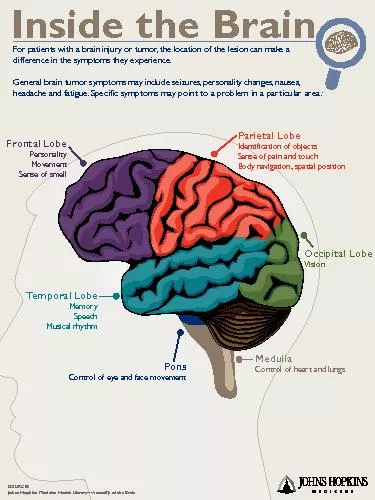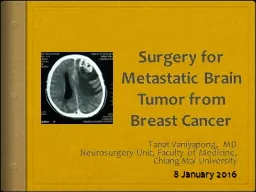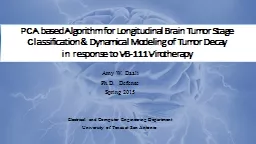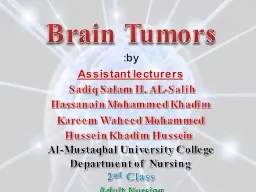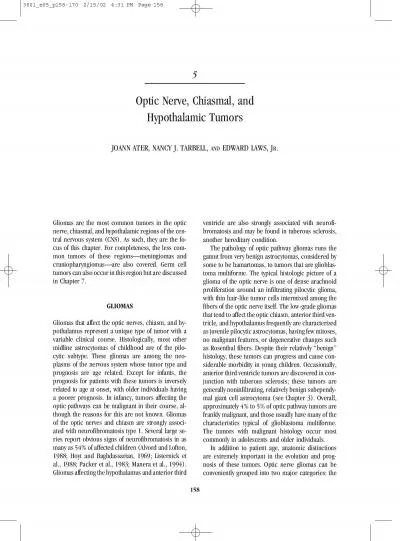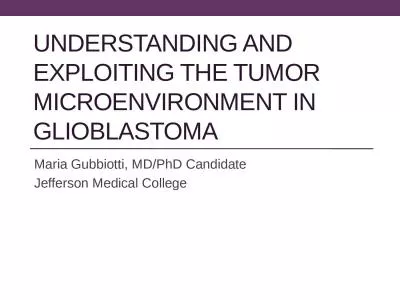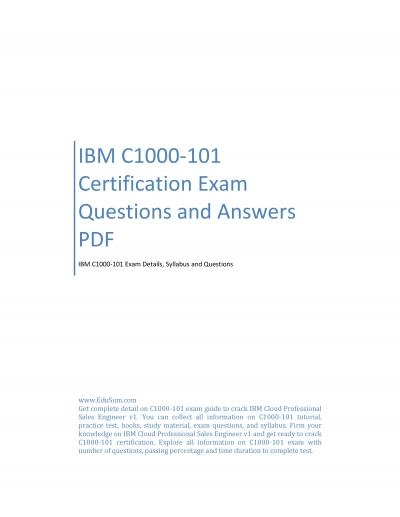PPT-Brain Tumor 101 Presented by [NAME]
Author : marina-yarberry | Published Date : 2020-04-03
Brain Tumor Impact in the United States More than 79000 new cases of primary brain tumors will be diagnosed this year More than 4800 children between the ages
Presentation Embed Code
Download Presentation
Download Presentation The PPT/PDF document " Brain Tumor 101 Presented by [NAME]" is the property of its rightful owner. Permission is granted to download and print the materials on this website for personal, non-commercial use only, and to display it on your personal computer provided you do not modify the materials and that you retain all copyright notices contained in the materials. By downloading content from our website, you accept the terms of this agreement.
Brain Tumor 101 Presented by [NAME]: Transcript
Download Rules Of Document
" Brain Tumor 101 Presented by [NAME]"The content belongs to its owner. You may download and print it for personal use, without modification, and keep all copyright notices. By downloading, you agree to these terms.
Related Documents

![PPT-Brain Tumor 101 Presented by [NAME]](https://thumbs.docslides.com/775177/brain-tumor-101-presented-by-name.jpg)

![Talking with Children Presented by [NAME]](https://thumbs.docslides.com/737511/talking-with-children-presented-by-name-1601096.jpg)
